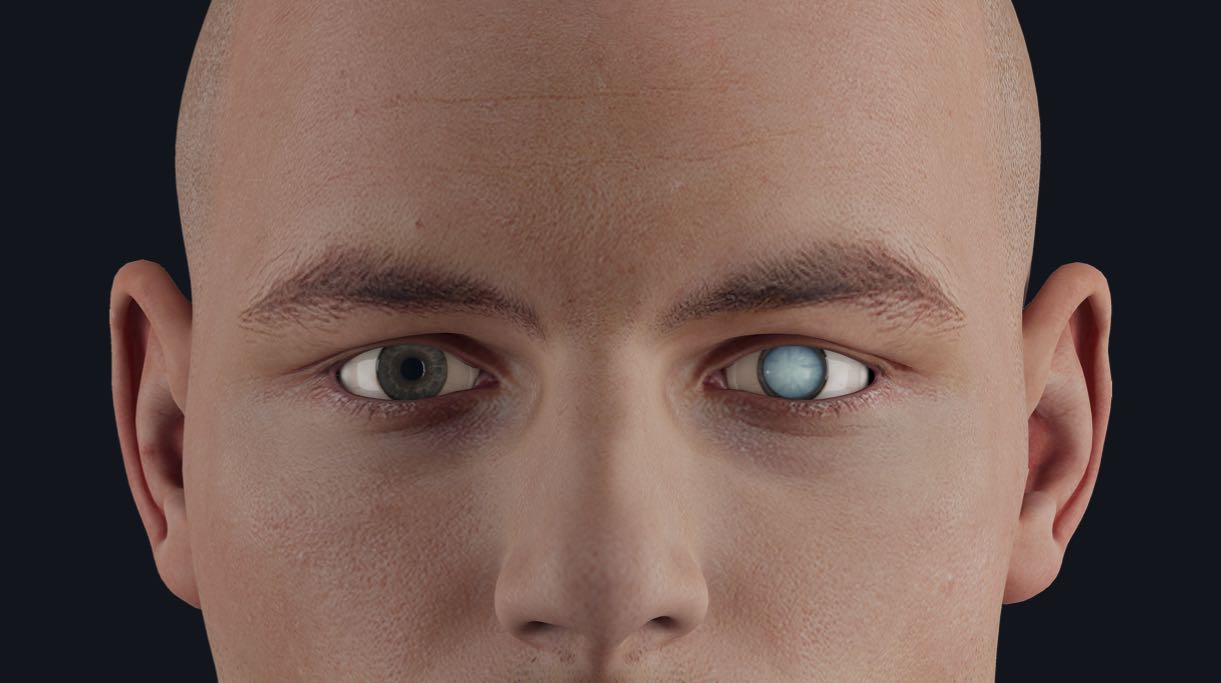
Vision impairment is the inability of the eyes to function adequately as a unit. According to the Centers for Disease Control and Prevention (CDC), a visually impaired person’s eyesight cannot be corrected to a ‘normal level’.
As reported by the World Health Organization, at least 2.2 billion people have a vision impairment globally, of whom at least 1 billion people have a vision impairment that could have been prevented or has yet to be addressed.
There are varied causes of vision impairment and they range from conditions affecting the eyes directly to conditions affecting the brain’s visual processing centers.
Across the world, the leading causes of vision impairment are:
- Uncorrected refractive errors
- Cataract
- Age-related macular degeneration
- Glaucoma
- Diabetic retinopathy
- Corneal opacity
- Trachoma
It can develop suddenly (acute) or progress gradually over time (chronic). It may be complete (affecting both eyes) or partial. It can even affect certain aspects of the visual field.
Effective interventions are available for health promotion, disease prevention, treatment, and rehabilitation to address visual impairment issues in all age groups. Some of these interventions are cost-effective; for example, uncorrected refractive errors can be corrected with prescribed glasses. Hence, early detection and management will go a long way to maintain the quality of life for those with visual impairment.
The process of phototransduction has never been so beautifully illustrated with our detailed Eye model, in addition to the Retinal Layers and Photoreceptors Detailed Models. Download Complete Anatomy today and see for yourself with a FREE 3-day Trial.